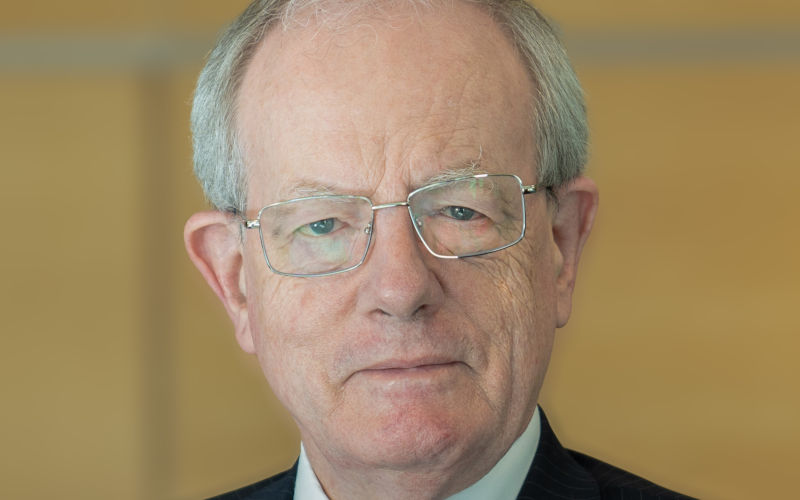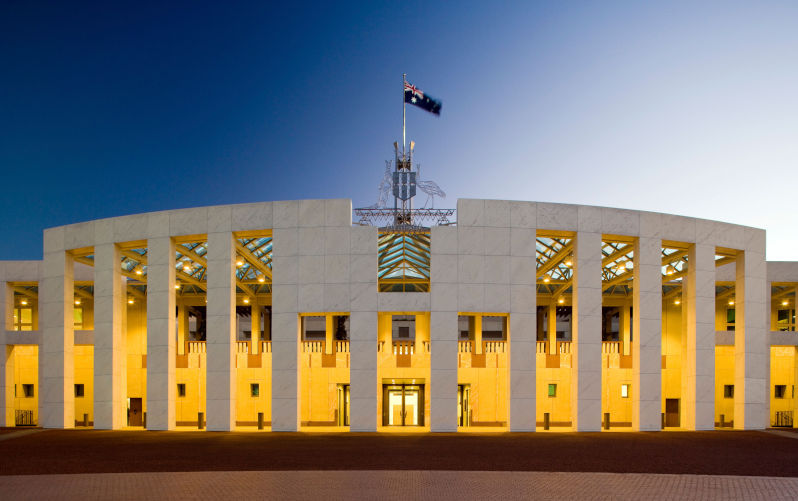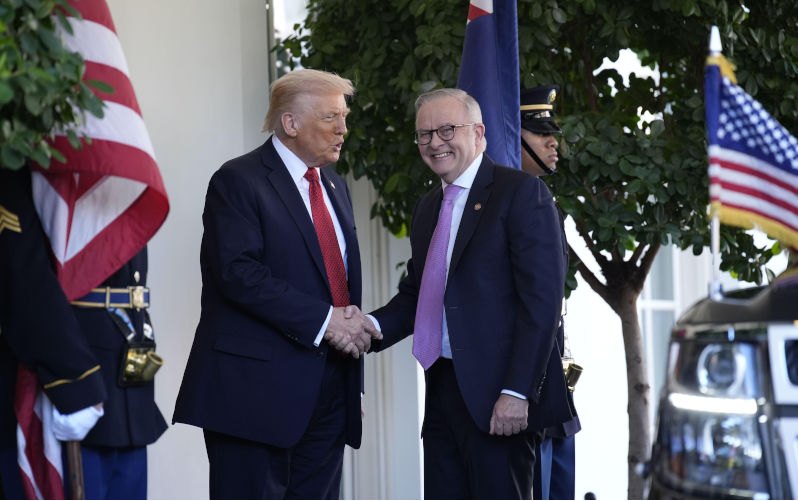
16 December 2025
Blame, grief and responsibility after Bondi
In the aftermath of a devastating attack on Sydney’s Jewish community, political leaders must resist the urge to weaponise grief or assign blame.

16 December 2025
Australia’s teachers – undervalued and overburdened
As ATAR scores dominate headlines, the work of teachers remains largely invisible. They are central to education and social cohesion, yet underpaid, overworked and routinely taken for granted.
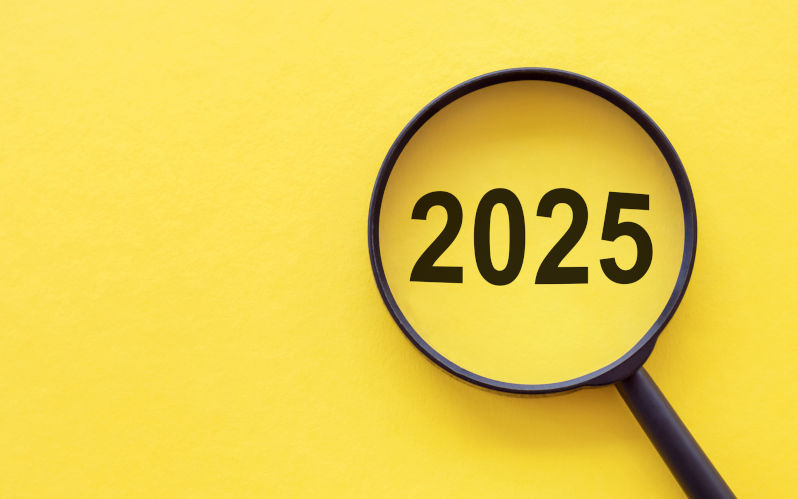
16 December 2025
2025 in Review: ageing, policy failure and a year of misplaced priorities
Looking back on 2025, a year marked by global turmoil, timid reform at home, policy failure on ageing and a rushed social media ban that mistakes gesture for solution.
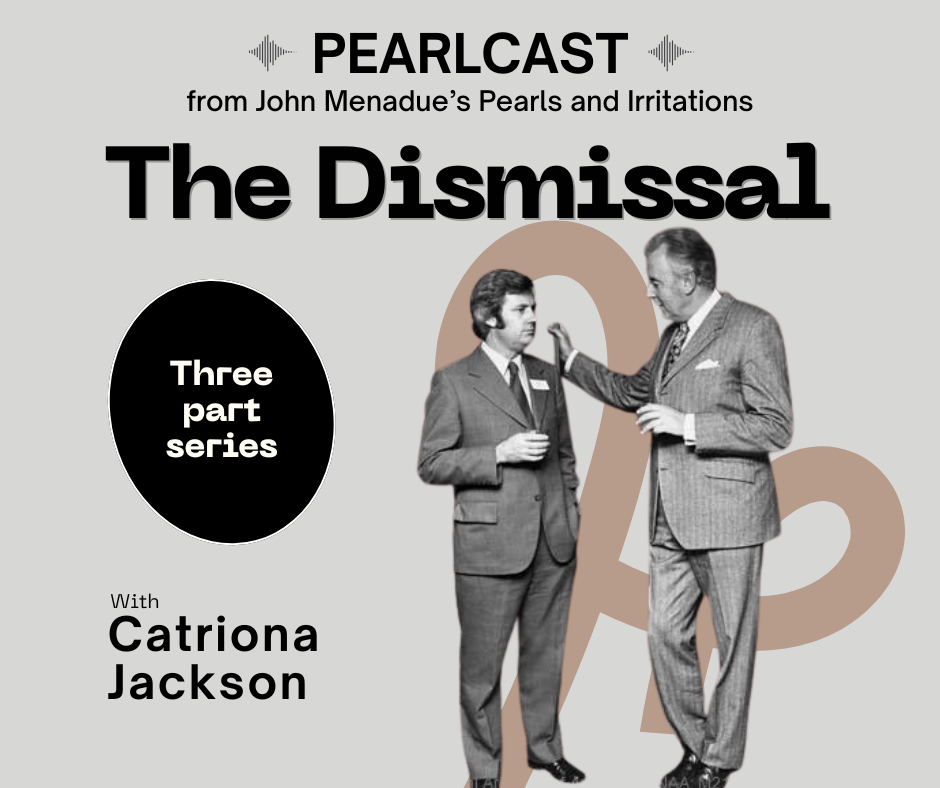
Launching Pearlcasts
The 50th Anniversary of the Dismissal of the Whitlam Government
We kick off with a topic close to our hearts, the 50th anniversary of the Dismissal of the Whitlam Government. We have three of the best sources in the nation taking part: our editor-in-chief John Menadue – the living link to the scandal and the nation’s top public servant at the time; Jenny Hocking, author of The Palace Letters and Australia’s pre-eminent Dismissal historian; and Brian Toohey, the journalist who has dug deepest into the darkest elements of the events.
Go to Pearlcasts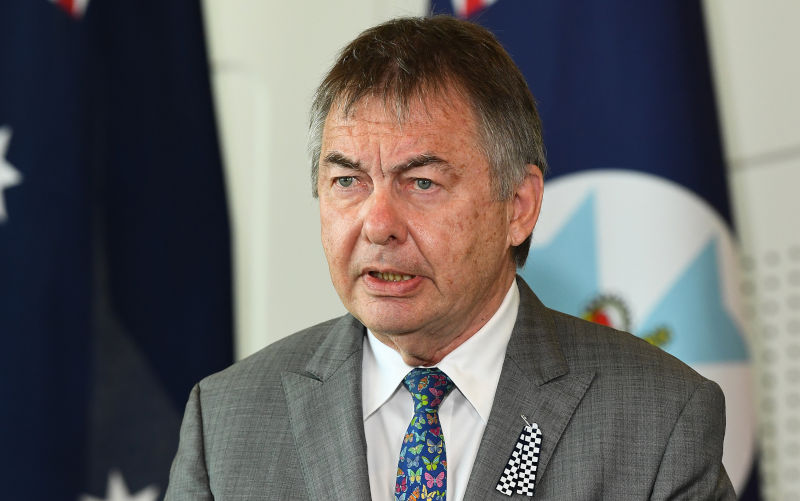
16 December 2025
How Sofronoff became a foot soldier in a war against woke
Judicial findings have significantly undermined the credibility of Walter Sofronoff’s inquiry into the Lehrmann trial, raising serious questions about bias, process and the influence of media on judicial conduct.

16 December 2025
Font of all knowledge? Of Rubio, Rupert and playing to type
A curious US culture-war memo about typefaces becomes a sharp lesson in readability, newspaper craft, and how badly those lessons have been forgotten in Australian journalism.

16 December 2025
A just transition can remake Australia if we choose to think bigger
Australia’s shift to renewable energy is a rare chance to redesign our economy and improve wellbeing, equity and social cohesion. A truly just transition would reshape much more than the energy system.

16 December 2025
One UK journalist’s close access to Hitler carries a warning about Trump’s media restrictions
A notorious episode from the 1930s shows how access, proximity to power and the lure of influence can quietly corrode journalistic judgement – a warning that resonates uncomfortably today.

16 December 2025
AUKUS meets reality – what's not in the AUSMIN Media Release (Part 1)
Despite official assurances, the US submarine program is falling well short of its own targets, raising serious doubts about whether Australia will ever receive the Virginia class submarines promised under AUKUS.

16 December 2025
It's never too late to help students learn to read – even in high school
Many students with reading difficulties are missed after the early years. New evidence shows targeted, evidence-based support can still make a real difference well into high school.

15 December 2025
A beginners guide to Australian aged care policy in 2025
Stereotypes about wealthy baby boomers are skewing aged care policy. New fees, the shift to Support at Home, and pressures on community services risk leaving many older Australians without affordable, safe support. The consequences will be felt across families, hospitals and future generations.

15 December 2025
Message from the Editor
As we hurtle towards the chaos of Christmas, we are taking a moment to reflect on the high and lows of 2025, and what it all means for 2026.
Latest on Palestine and Israel

16 December 2025
Blame, grief and responsibility after Bondi
In the aftermath of a devastating attack on Sydney’s Jewish community, political leaders must resist the urge to weaponise grief or assign blame.

5 December 2025
Book Review: Selling Israel: propaganda, history and contested narratives
Harriet Malinowitz’s Selling Israel examines how Zionist ideology has been promoted through propaganda, history and selective memory, and why separating Judaism from Zionism matters in confronting antisemitism.

3 December 2025
Global campaign amplifies call for the release of jailed Palestinian leader Barghouti
An international campaign is calling for the release of Palestinian political figure Marwan Barghouti, arguing his freedom could reshape Palestinian politics and revive peace efforts.

3 December 2025
What charges does Benjamin Netanyahu face, and what’s at stake if he is granted a pardon?
Benjamin Netanyahu has requested a pardon while still on trial for corruption. The move raises serious questions about legal accountability, judicial independence and political survival.

1 December 2025
‘Genocide is not over,’ Amnesty leader says as Israel keeps bombing Gaza
“So far, there is no indication that Israel is taking serious measures to reverse the deadly impact of its crimes and no evidence that its intent has changed.”

29 November 2025
Gaza’s true death toll could be 126,000 or even higher
New research suggests Gaza’s death toll may be far higher than widely reported, with devastating implications for life expectancy, poverty and accountability.

25 November 2025
The ceasefire that isn’t: 400 violations in 40 days
Israel has violated the ceasefire in Gaza hundreds of times since October, using vague or unverified justifications to carry out strike in a recurring pattern of escalation and impunity.

23 November 2025
The UN embraces colonialism: the Security Council and the US Gaza plan
The Security Council's backing of the Trump plan for Gaza ignores international law, punishes the Palestinians, and rewards those responsible for genocide.

Israel's war against Gaza
Media coverage of the war in Gaza since October 2023 has spread a series of lies propagated by Israel and the United States. This publication presents information, analysis, clarification, views and perspectives largely unavailable in mainstream media in Australia and elsewhere.
Download the PDFLatest on China

14 December 2025
Book extract: Understanding China: governance, socio-economics, global influence
China’s rise has reshaped global economics, lifted millions out of poverty, and challenged Western assumptions about governance. This extract from 'Understanding China, Governance, Socio-Economics Global Influence' argues that engagement, not confrontation, offers the only viable path forward.

7 December 2025
Ceding the future to China
Delivered as remarks to Brown University’s Watson School during its “China Chat” series, Chas Freeman reflects on China’s return to global prominence and the United States’ accelerating retreat from the international order it once led – and asks what coexistence looks like as power shifts in the 21st century.

6 December 2025
China’s challenge is explaining why it succeeded
Western commentary often dwells on China’s problems while overlooking the cultural and historical foundations of its extraordinary achievements. Understanding both is essential to informed judgement.

Support our independent media with your donation
Pearls and Irritations leads the way in raising and analysing vital issues often neglected in mainstream media. Your contribution supports our independence and quality commentary on matters importance to Australia and our region.
DonateMore from Pearls and Irritations
Latest letters to the editor
The standard you walk past is the standard you accept
Geoffh Taylor — Borlu (Perth)
Why ignore the historical context of the war in Ukraine?
Peter Henning — Melbourne
Hard Times
Bernartd Corden — Spring Hill QLD 4000
Australia is over-governed
Elizabeth Sprigg — Melbourne
